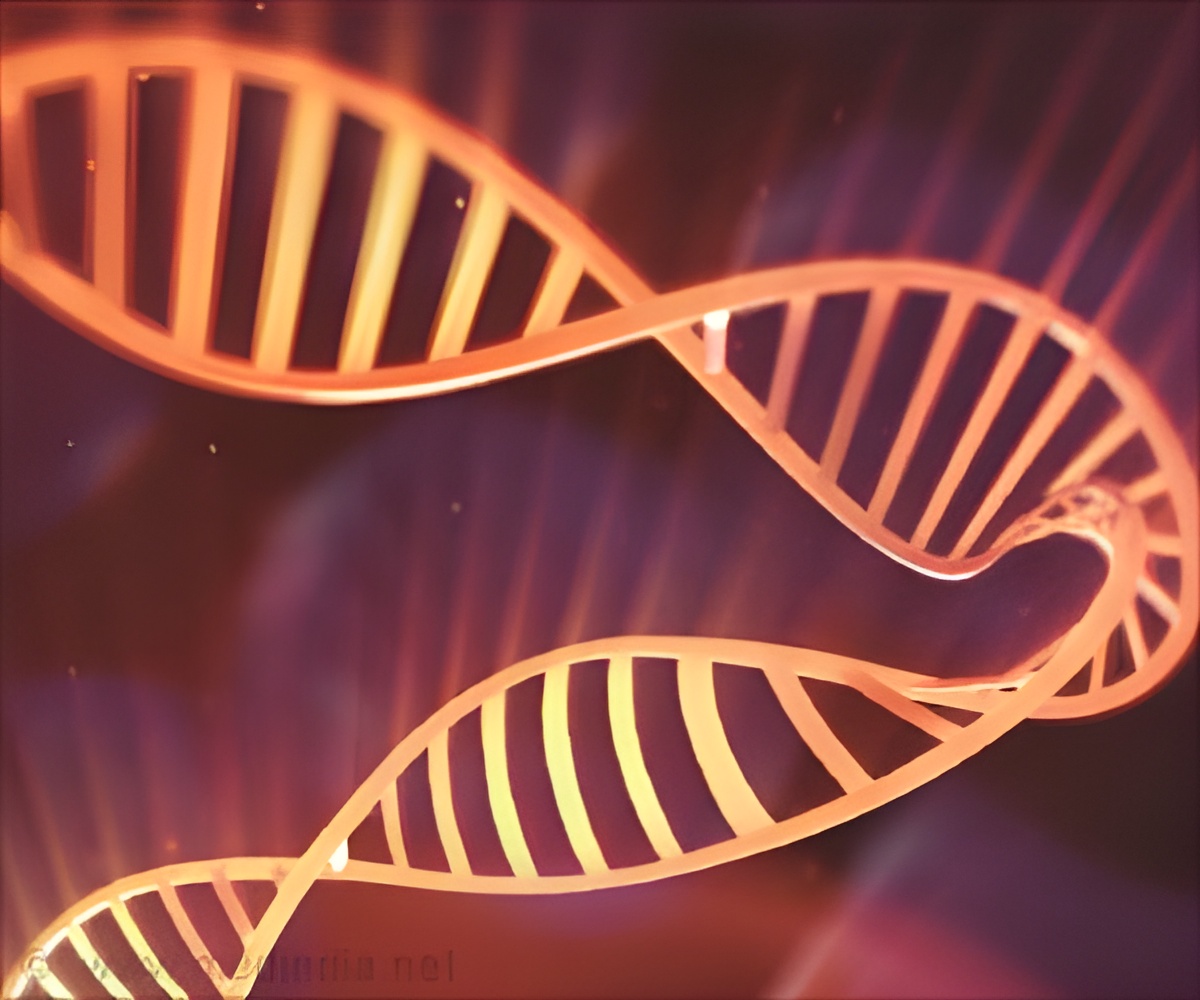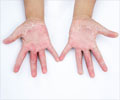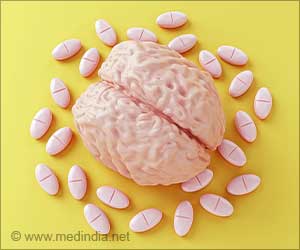Dual DNA barcoding method could help improve the diagnosis of invasive fungal diseases and have a huge impact on patient outcomes globally.

‘Using dual DNA barcoding, the diagnostic turnaround time for fungal pathogens can be reduced considerably and thus have an impact on patient outcomes globally.’
Read More..




The early detection of fungal pathogens - the specific species of fungi responsible for disease - is crucial in ensuring that patients have fast access to treatment, preventing complications. However, current diagnostic methods are time-consuming, complex and are not always accurate, resulting in delays in treatment and inappropriate therapy, increasing the risk of morbidity and mortality.Read More..
Dual DNA barcoding is an emerging technique used to identify fungal pathogens. It uses two unique regions of DNA that are specific to each pathogenic fungal species - the primary barcoding region, internal transcribed spacer region (ITS) and the secondary barcoding region, translational elongation factor 1α (TEF1α).
Fungal DNA is extracted from a patient sample, where it is then 'amplified' or multiplied to increase the amount of DNA available for sequencing. The DNA information is data-mined, and compared to a reference database to identify the fungal pathogen.
Although the secondary barcoding region was introduced in 2017, its impact and effectiveness has, until now, not been assessed.
Lead researcher, Professor Wieland Meyer said, "Our study is the first to compare the accuracy of the two barcoding regions, and to evaluate the effectiveness of ITS and TEF1α combined.
Advertisement
"Overall, we found that the combination of both barcodes enabled a more accurate identification of fungal species, particularly in cases where a single barcoding system is unable to do so."
Advertisement
Professor Meyer said, "Identifying the type of fungi that is causing infection will help us administer appropriate treatment faster, reducing harm and, potentially, mortality rates associated with IFDs.
"It may also improve other complications associated with IFDs, such as drug resistance, and the financial impact IFDs can have on both patients and the healthcare system.
"While we now know that the dual DNA barcoding system is more effective at identifying fungal species, we need to increase the amount of sequences available in reference sequence databases to maximise the number of species we can identify.
"We are now asking researchers from around the world to submit reference sequences that can be used to identify fungal pathogens.
"By improving our database, and, in turn, increasing our capacity to use dual DNA barcoding, we will be able to reduce the diagnostic turnaround time from days or weeks to less than 24 hours, which could have a major impact on patient outcomes, and could potentially save lives."
Source-Eurekalert









